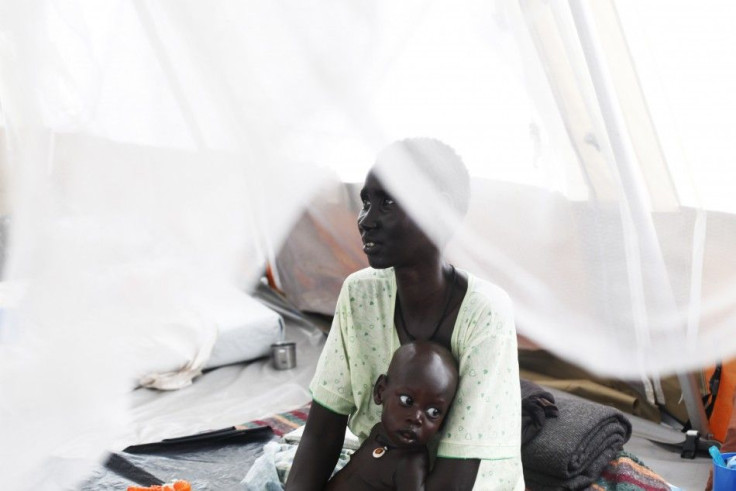Melioidosis: Deadly infection ‘silently’ killing people worldwide, a potential bioweapon

A new study highlights the need to pay more attention to a disease considered by the US as a potential bioterror agent but remains unfamiliar across the world despite killing about 90,000 people in 2015. The disease called melioidosis is considered deadly enough to be investigated by the US and other countries as a potential bioweapon.
Melioidosis is caused by a bacterium called Burkholderia pseudomallei that commonly lives in the soil. The disease can infect people and animals through skin cuts, contaminated water and being inhaled from contaminated dust, according to a report in news.sciencemag.org.
Infected people could suffer from acute disease immediately or the B. pseudomallei can stay inactive for decades before fully infecting a patient, which made it known as “Vietnamese time bomb." B. pseudomallei can be aerosolised and potentially cause many people to suffer from the deadly infection.
Melioidosis is resistant to many antibiotics and even patients who had been treated are at high risk of death. The disease appears as an abscess, a severe blood infection with fever, headache and pain, and as a pulmonary infection with cough and chest pain like tuberculosis.
The study, published in the journal Nature Microbiology, provides for the first time the global estimates of the prevalence of melioidosis and the number of deaths it caused. Researchers used data on soil characteristics, temperature, rainfall and over 22,000 records of human or animal infections in the past 100 years.
Melioidosis was discovered over a hundred years ago in the Burmese capital Yangon. It has been found to be endemic to Southeast Asia and the northernmost parts of Australia.
Researchers designed a model that suggests that melioidosis is common in tropical countries. But the disease also exists in 34 countries where it has never been reported. The model shows there were 165,000 cases and 90,000 deaths from melioidosis in 2015.
“I have long suspected that B. pseudomallei is present in many countries where it had not been previously identified,” said David Speert, an infectious disease specialist at the University of British Columbia in Vancouver, Canada. “Add to these problems that B. pseudomallei is most susceptible to extremely expensive antimicrobials and it is possible that the proper therapy would not be available even if the diagnosis was made.”
In fact, the World Health Organisation does not include melioidosis on the list of neglected tropical diseases, said Alfredo Torres, a microbiologist at the University of Texas Medical Branch in Galveston who wasn’t involved in the work. “I really hope this paper will open the eyes of some people involved in health policy.”






